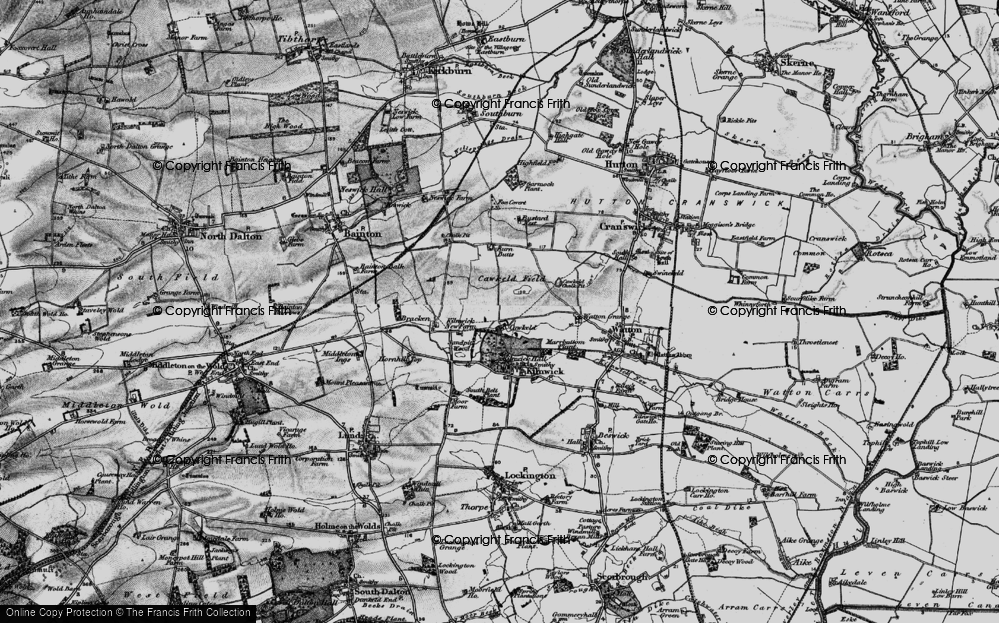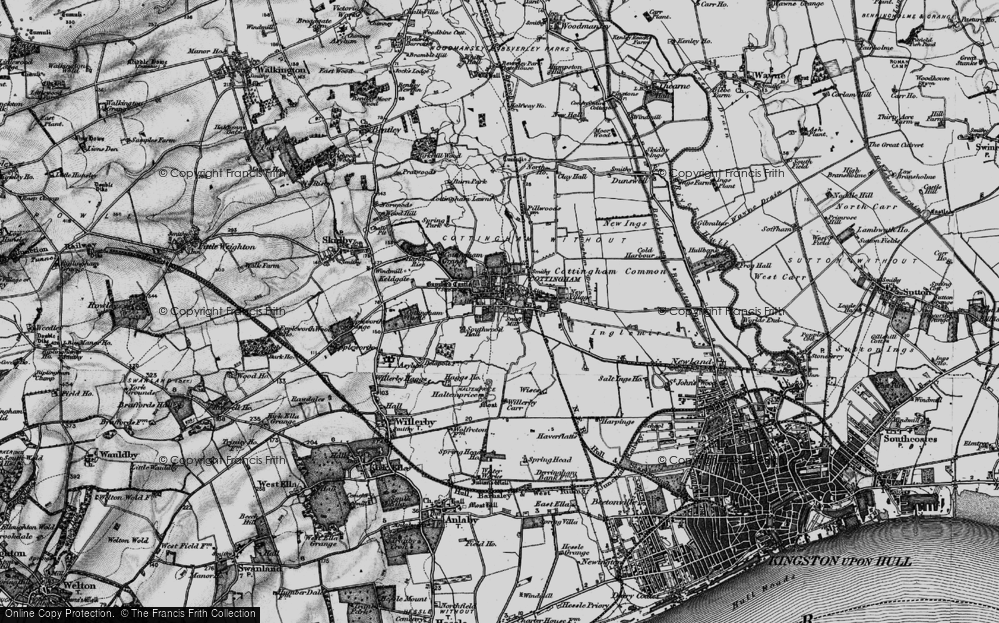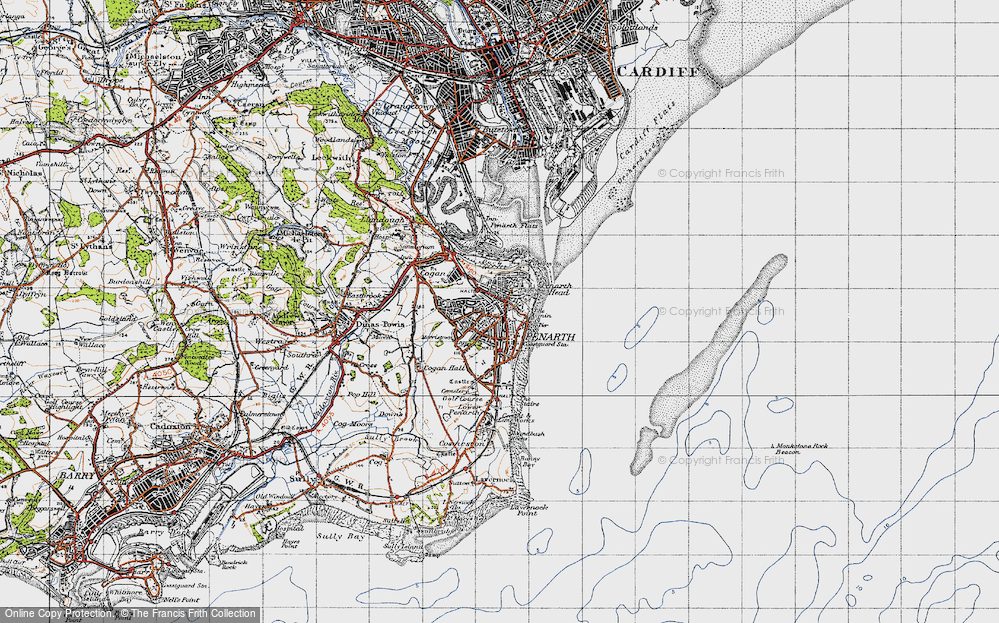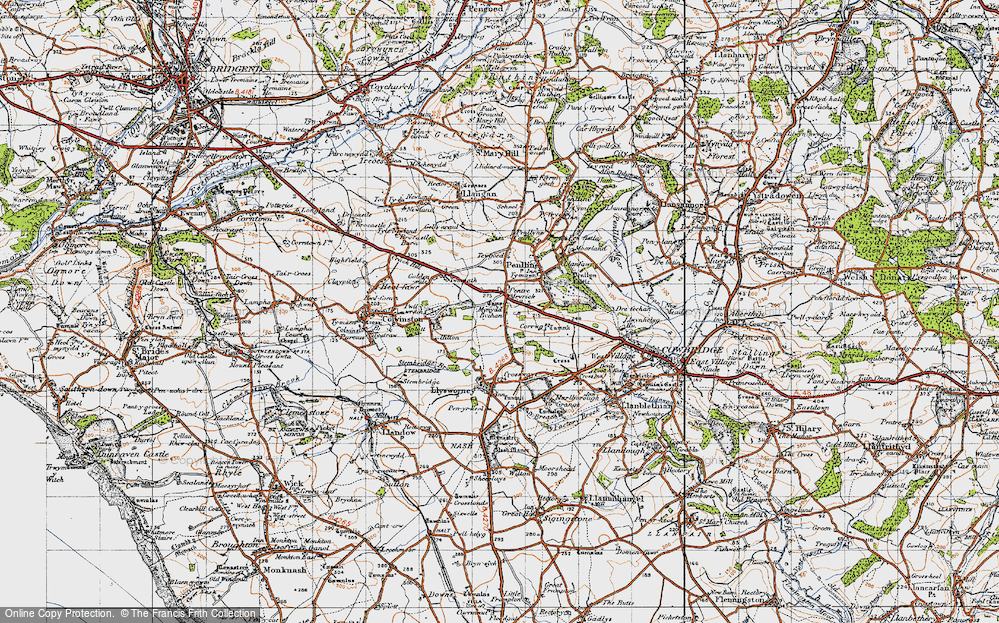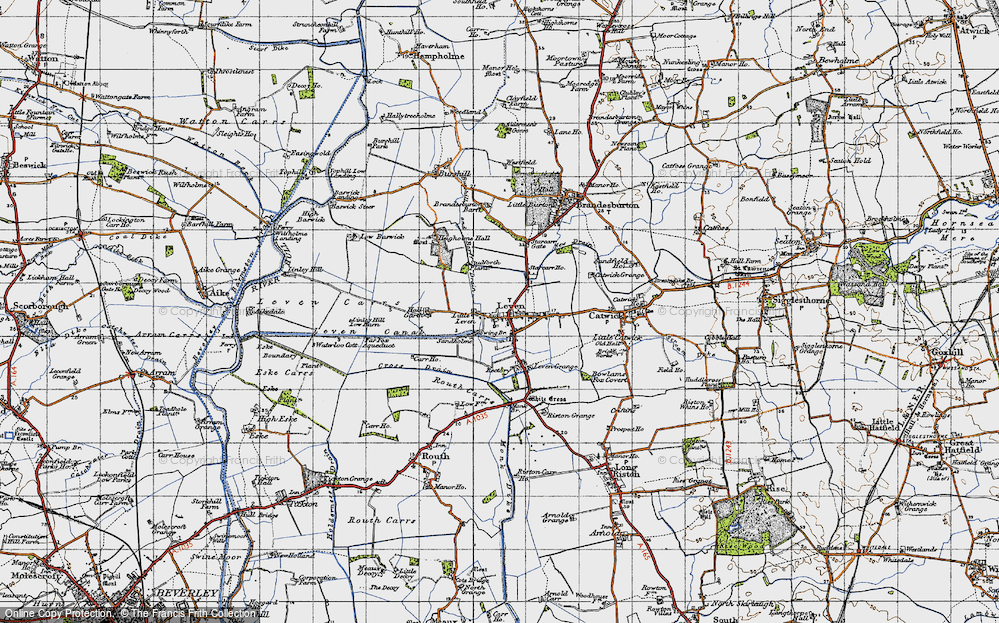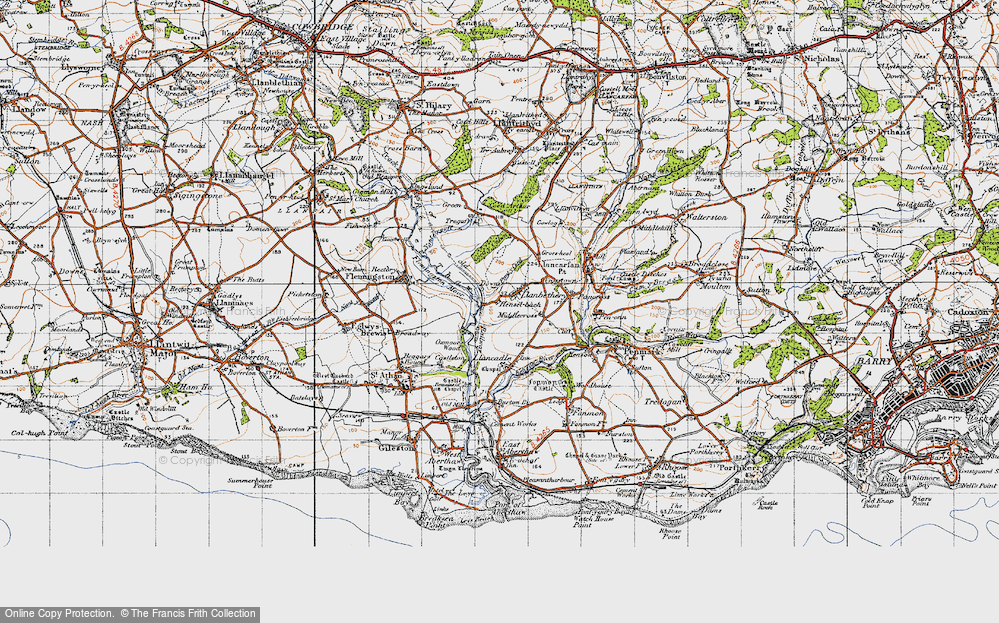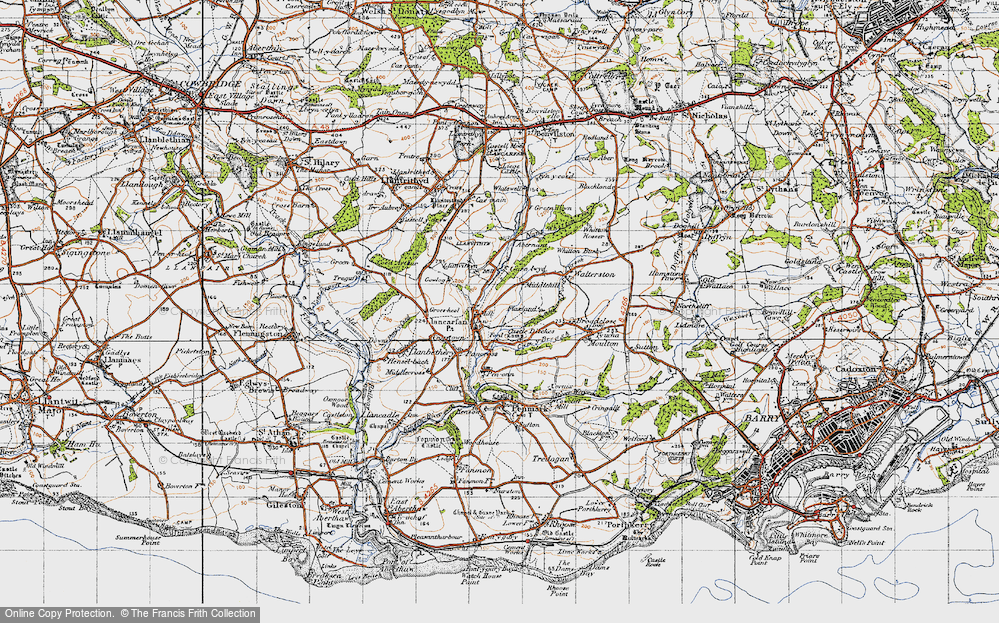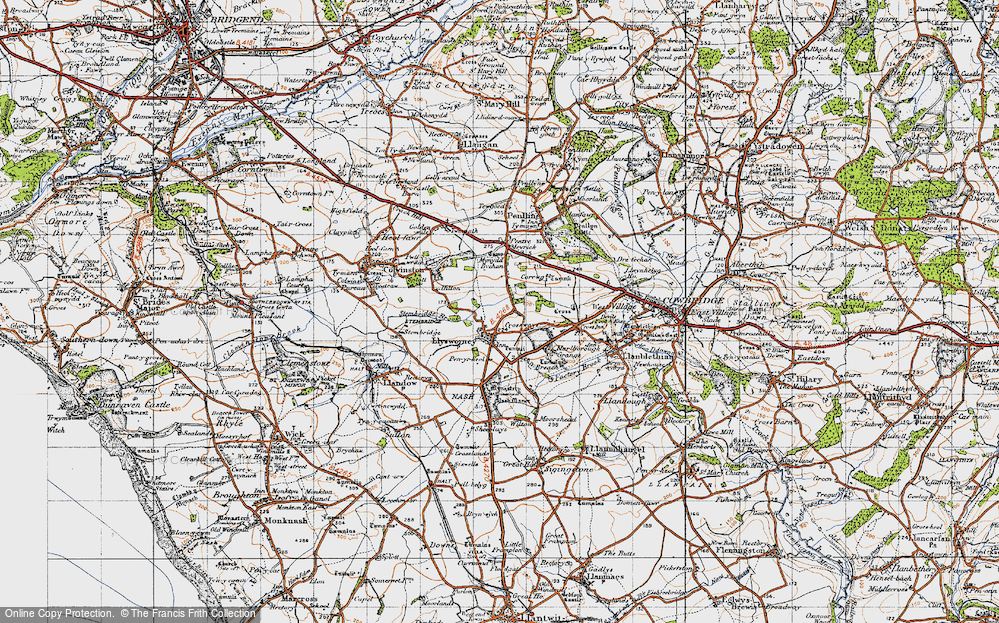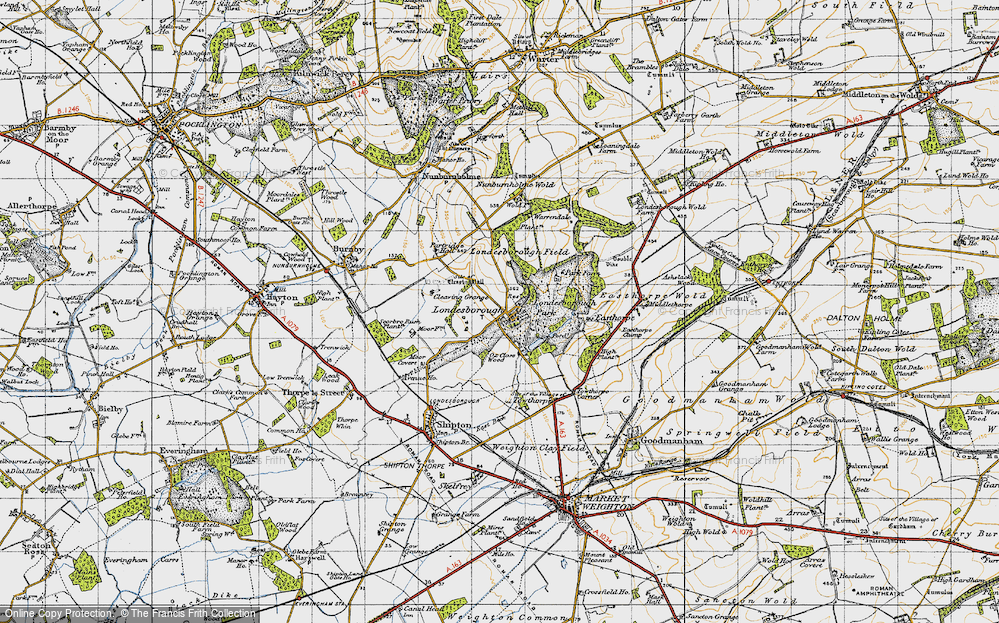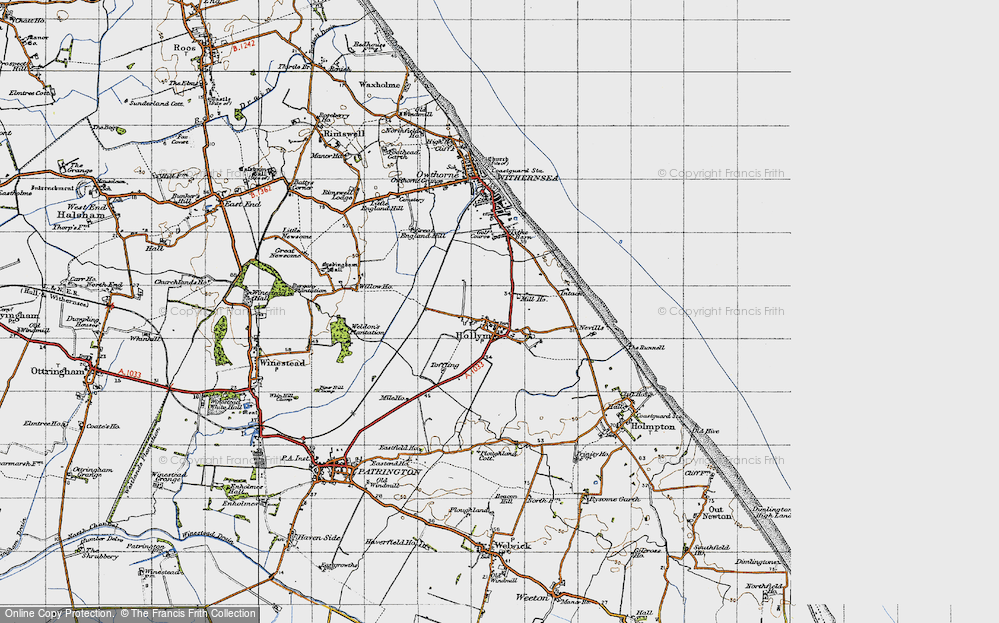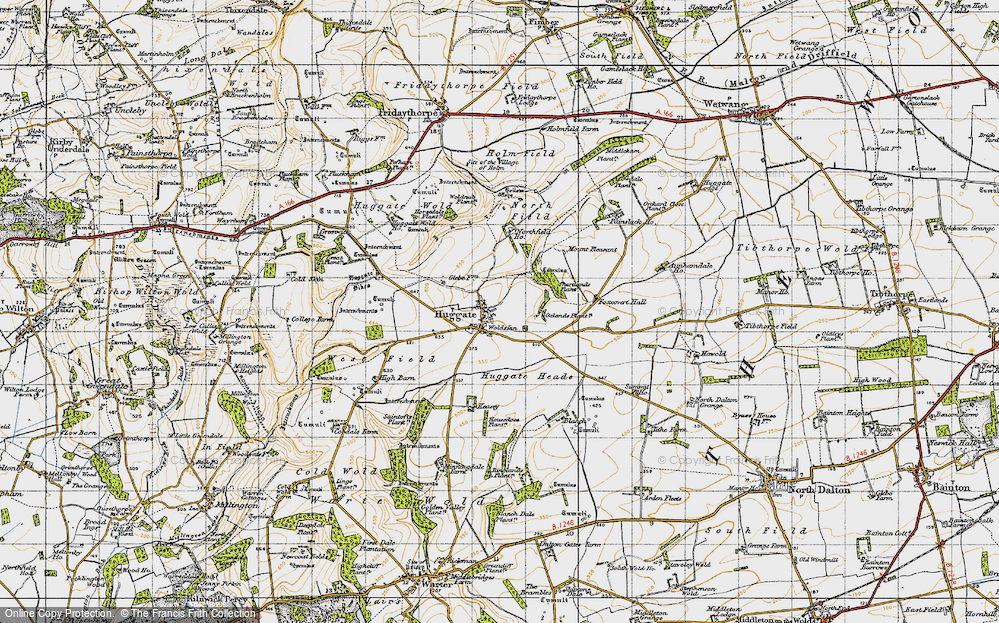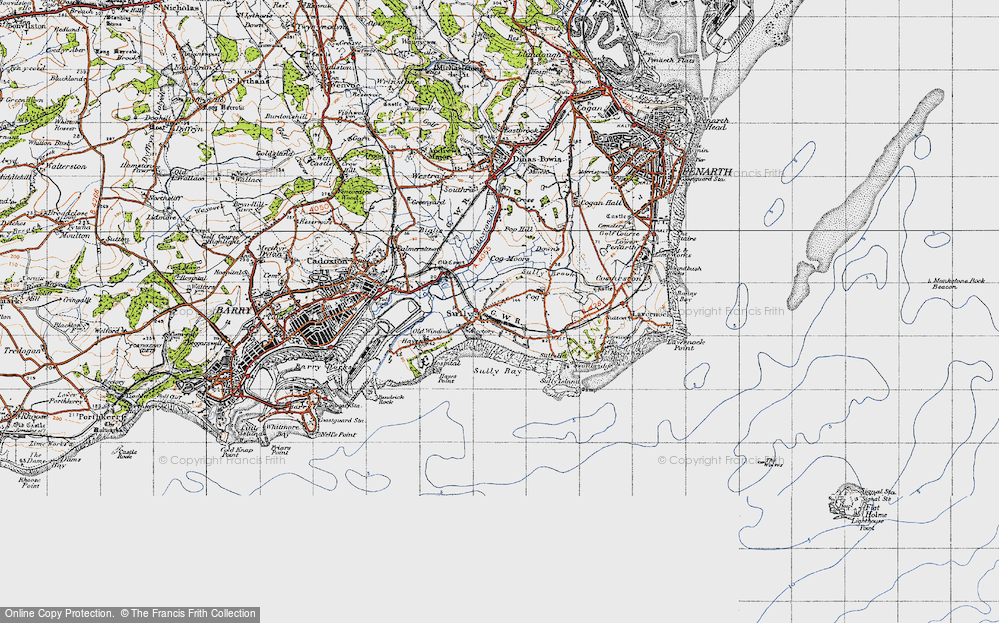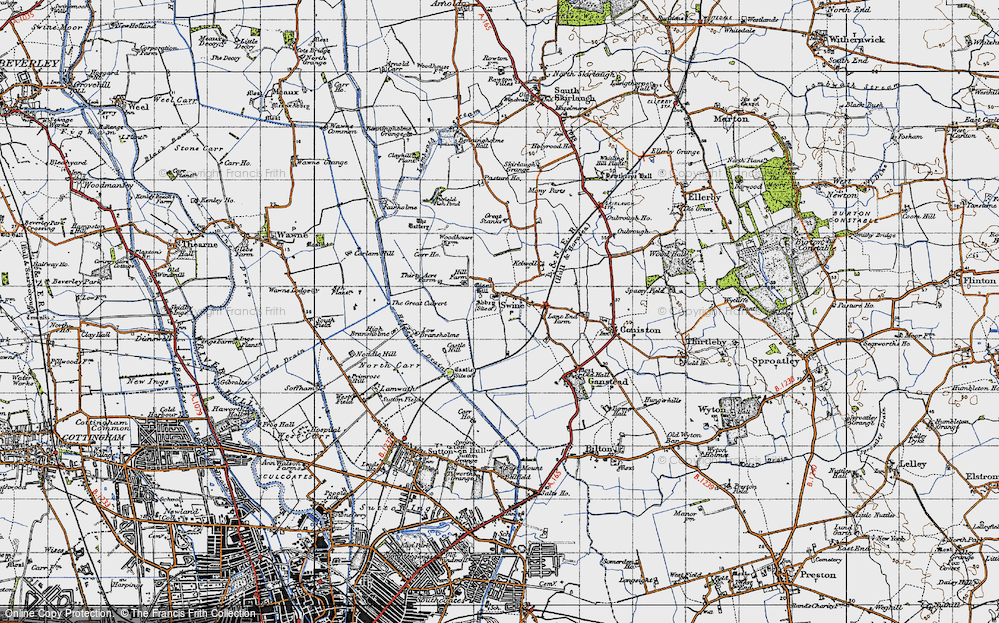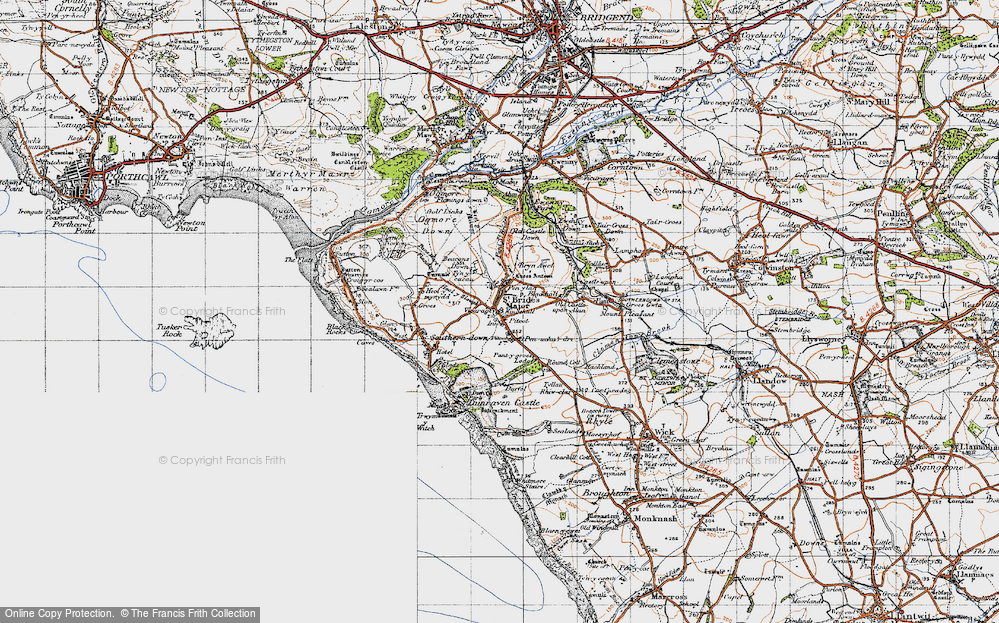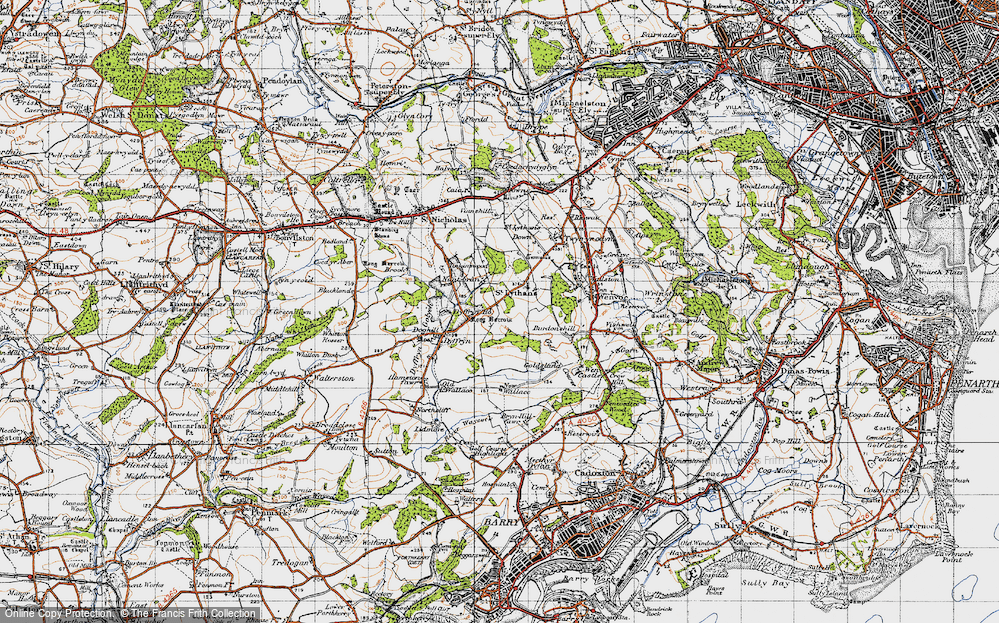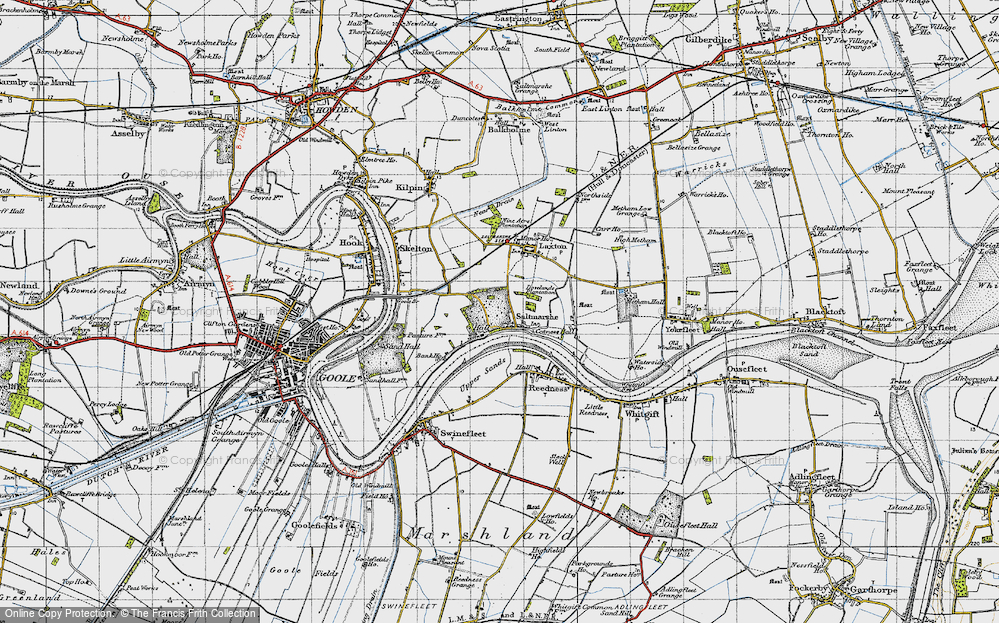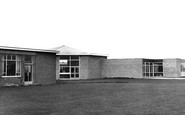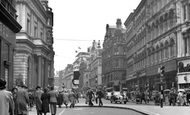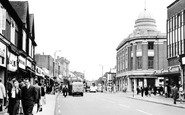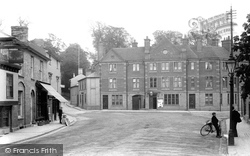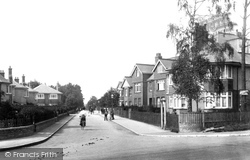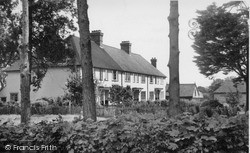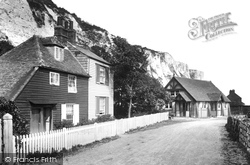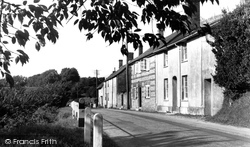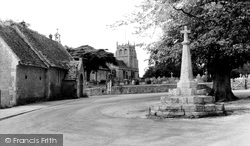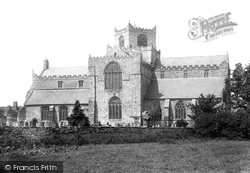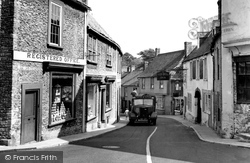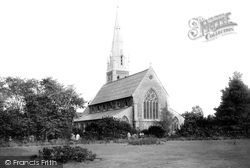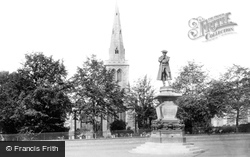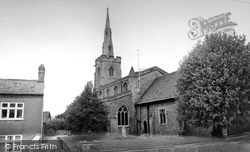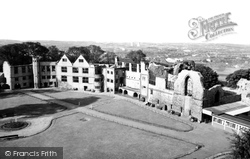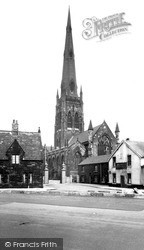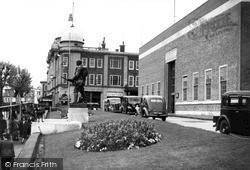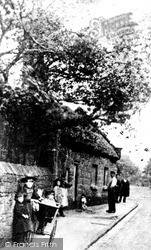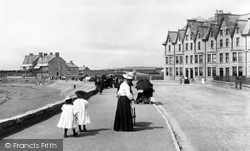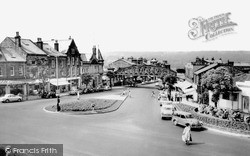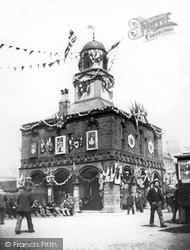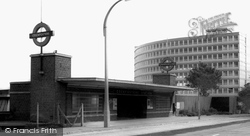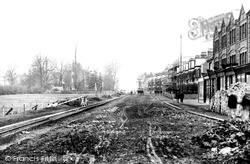Merry Christmas & Happy New Year!
Christmas Deliveries: If you placed an order on or before midday on Friday 19th December for Christmas delivery it was despatched before the Royal Mail or Parcel Force deadline and therefore should be received in time for Christmas. Orders placed after midday on Friday 19th December will be delivered in the New Year.
Please Note: Our offices and factory are now closed until Monday 5th January when we will be pleased to deal with any queries that have arisen during the holiday period.
During the holiday our Gift Cards may still be ordered for any last minute orders and will be sent automatically by email direct to your recipient - see here: Gift Cards
Places
Sorry, no places were found that related to your search.
Photos
Sorry, no photos were found that related to your search.
Maps
7,034 maps found.
Books
163 books found. Showing results 7,537 to 7,560.
Memories
22,913 memories found. Showing results 3,141 to 3,150.
Pete Waters, Headteacher, Donington Cowley Endowed School
Pete Waters was head teacher of Donington Cowley Endowed School and I was a pretty new head teacher in Boston. We agreed to take a party of children from both our schools to PGL Llyn Filly, ...Read more
A memory of Donington in 1982 by
The Happiest Holidays Of My Life
me and my brother,mum and nan always went to Jaywick for our holidays, and stayed in a bungalow near gorse green, my brother and I used to go to the top of our road and ride the double bikes with the canopies for ...Read more
A memory of Jaywick in 1971 by
Where Are They Now ??
i am trying to help my uncle find his friends from sutton road gorton , and trust road, my uncle ken cope, albert cope, mavis cope, brought up and lived for many years on sutton road, gorton, they were great friends of the ...Read more
A memory of Gorton in 1930 by
'lozells', Such An Exotic Sounding Place.
We lived in Gerrard Street, Lozells, until I was about 6. My father had an allotment where we would go and play, I still have a photo taken when I was about 4 of my father, older brother, and myself at the ...Read more
A memory of Birmingham in 1952 by
Fond Memories Of Abercregan
I was born in Abercregan in Prossers Terrace (41) along with my parents George Chewings, Edna and my two older brothers Michael and Thomas, also a younger sister Janice. My grand parents lived at no. 44 Tom and ...Read more
A memory of Abercregan in 1966 by
Emigration From Tyldesley
Hi I live in Auckland New Zealand, but my grandparents came here from Tyldesley in 1922 with their three young children. Both my grandfather Fred Needham, born in 1889, and my grandmother Charlotte Dutton, born in ...Read more
A memory of Tyldesley in 1920 by
Kings Nympton
My g.grandmother, Fanny Jones, aged 7, lived at the Post House, Kings Nympton in 1851, later moving to Exeter. I hope to look up her school records if I can trace them.
A memory of Chulmleigh in 1860 by
The Co Op
I can remember the Co-op store being the first in Slough to venture into the world of the supermarket. A friend worked there and was frustrated at the time because of the uncoordinated teething start to things. Around the corner in The ...Read more
A memory of Slough by
Embleton / Coulson Ancestor
Hi, my ancetor Elizabeth Coulson married John Moor at bothel 1858 he was a farmer and the lived at longhirst farm. They had 8 children who became farmers or school teachers or vet , dressmakers. Thier first son george ...Read more
A memory of Longhirst by
Streethouse As A Lad.
I was born at County Hospital in Wakefield, and I recall living at Number 1 Smith Street, long gone and situated roughly where the bungalows are just below the crossings. I remember a cart coming round weekly to empty the ...Read more
A memory of Streethouse by
Your search returned a large number of results. Please try to refine your search further.
Captions
9,654 captions found. Showing results 7,537 to 7,560.
This was built in 1901 at the junction of Newton Road, King Street and Cornard Road. The police establishment comprised an inspector, a sergeant, and four constables.
Turning right at the top of the High Street into London Road, and taking the first road to the left, we find ourselves in King's Ride, which would take us onto Barossa Common.
Bottomley did not pay his bills on time, and sometimes not at all, but he played the role of a genial squire with gusto; besides building estate cottages, he also bred race horses.
Stevens's Boatyard on the east end of Nag's Head Island also incorporated the landing stage for the Crown and Thistle Hotel in Bridge Street, some hundred yards away from the river.
These timber-clad cottages, standing at the foot of the white cliffs, are part of a small community which developed both as a bathing resort and as a residential quarter in the closing years
We are looking south-eastwards from the Yetminster road towards the mediaeval Hamstone cross in a triangle of cobbles (centre), with roads at the junction signed to Sherborne (left) and Chetnole (right
The parish church of St Martin is described as 'Anglo-Saxon origins, c1200, C13, C15, restored 1850' (Department of Heritage List). The former school, now the village hall, is dated 1846.
The priory was founded by William Marshall, the Earl of Pembroke, and it was never to be promoted to the status of abbey.
Five miles west is Bruton, a town built mainly of Lias limestone, bisected by the River Brue.
Much more pedestrian in style is St Luke's, at the junction of St Luke's Road and Norfolk Road to the north of the town centre, built to serve the new suburb beyond what became Kidwell's Park.
This is an interesting view of All Saints' Church at the south end of the Green.
Another great Nonconformist preacher dominates the Square at the opposite end of the High Street to John Bunyan.
Situated at what is now the southern end of this expanded village, the church with its elegant recessed spire dates for the greater part from the earlier 15th century.
Almost no building work was carried out at Dudley Castle for the 200 years between 1340 and 1540, but in 1540 John Dudley, later Duke of Northumberland, set about rebuilding the residential block on
Other less literate residents of Grantchester are also remembered. Edward Wright, the village baker, gave his name to this row of cottages in the High Street.
St Elphin's crowning glory is its spire, soaring over the landscape at a height of about 281 feet, making it the third highest parish church spire in England.
The library and museum are on the right; the library opened in 1952. A khaki-clad ëTommyí, a bronze statue by S Nicholson-Babb RBS, is the townís war memorial.
This scene in Wallasey Village, near the junction with St John's Road, shows an old thatched cottage typical of the time.
Two little girls take a brisk walk on the prom at the turn of the century in their best holiday clothes.
Although technically part of West Yorkshire, the market town of Ilkley, standing at the entrance to Wharfedale, is best-known as the gateway to the Dales.
Around the Market Place at this time were a large number of pubs used by the town's seafarers (South Shields had the largest number of seamen as a proportion of its population than anywhere else in Britain
Simply elegant, this is the last of a superb series of 1930s underground stations extending along the northern section of the Piccadilly Line, including Arnos Grove, Southgate and Oakwood, all designed
The compact market place on the north side of the town is enhanced by its octagonal timber market cross, built in 1903 in celebration of Edward VII's coronation to replace a stone Gothic cross of 1826.
This view looks east towards the junction of Lordship Lane and Bruce Grove.
Places (0)
Photos (0)
Memories (22913)
Books (163)
Maps (7034)


